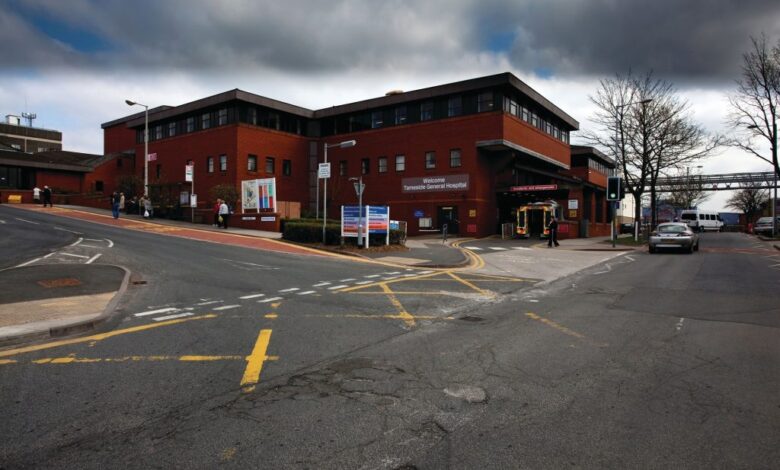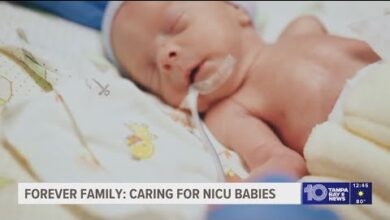A&E screening could ‘detect thousands’ of undiagnosed diabetes cases

The introduction of screening for type 2 diabetes in accident and emergency (A&E) departments could uncover thousands of previously undiagnosed cases every year, suggests a UK study.
Researchers found that screening in A&E yielded an additional 9% of type 2 diabetes cases and 30% of prediabetes cases.
“Early diagnosis is the best way to avoid the devastating complications of type 2 diabetes”
Edward Jude
Their research was presented this week at this year’s annual meeting of the European Association for the Study of Diabetes in Hamburg, Germany.
It included 1,388 patients visiting the A&E department at Tameside and Glossop Integrated Care NHS Foundation Trustin England, all without a diabetes diagnosis and who were selected at random.
All patients were screened for type 2 diabetes using the HbA1c test that gives an indication of average blood glucose levels over the previous two to three months.
Pre-diabetes was defined by researchers as HbA1c 39-47 mmol/mol and diabetes as 48 mmol/mol or higher.
Patients were also asked to complete a questionnaire about demographics, ethnicity, and risk factors for diabetes.
The information was used by researchers to calculate each patient’s Finnish Diabetes Risk Score (FINDRISC) to identify those at risk of developing type 2 diabetes.
Scores of more than 20 indicated a very high risk of developing diabetes (50% chance over 10 years) and scores of 12-20 indicated moderate to high risk (33% chance over 10 years).
Of the 1,388 patients screened, 848 (61%) had normal blood glucose levels (average age 51 years, average HbA1c 34 mmol/mol, average weight 81kg and average BMI 28.4 kg/m²).
But 420 (30%) were found to have prediabetes (average age 57, average HbA1c 41 mmol/mol, average weight 82kg, and average BMI 28.6 kg/m²), putting them at risk of developing the condition.
A further 120 patients (9%) were diagnosed with diabetes, a similar proportion in men and women (average age 56, average HbA1c 51 mmol/mol, average weight 94kg and average BMI 31.2 kg/m²).
Based on their findings, the researchers said tens of thousands of cases of new cases of prediabetes and diabetes could be diagnosed in A&E departments across the country every year.
Lead researcher Professor Edward Jude, from Tameside and Glossop Integrated Care NHS Foundation Trust, said: “Early diagnosis is the best way to avoid the devastating complications of type 2 diabetes.
“Symptoms of type 2 diabetes may be absent and can be tricky to spot in the early stages and the condition can go undetected for up to 10 years, which can lead to long-term complications such as heart disease, nerve damage and retinopathy,” he said.
“Opportunistic HbA1c-based screening in A&E departments, particularly those in high-risk and hard to reach groups, could make an important contribution to identifying undiagnosed individuals who will benefit from early treatment and lifestyle changes and so reduce their risks of long-term complications,” he added.
However, the authors noted that the study was conducted at a single hospital and, therefore, the results may not be generalisable to other hospitals across England.







